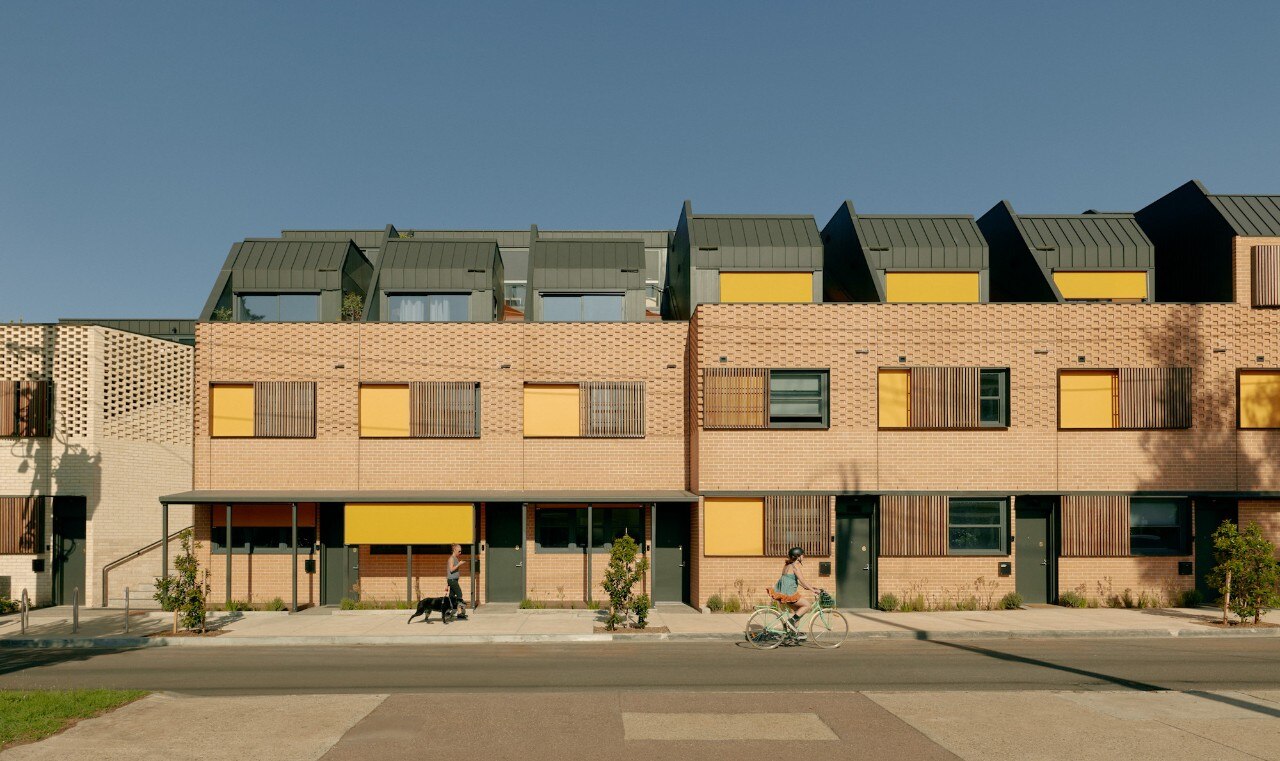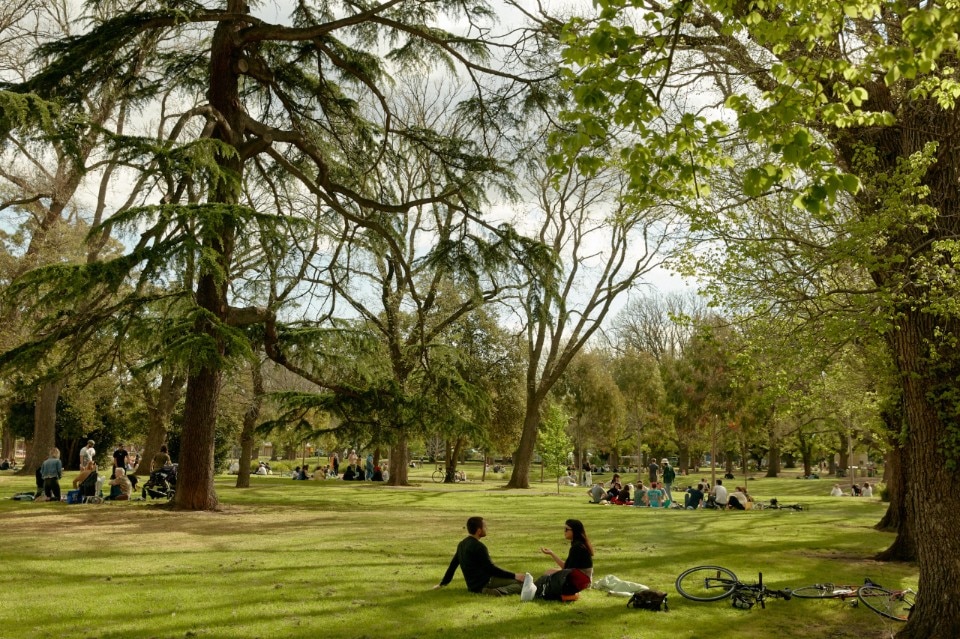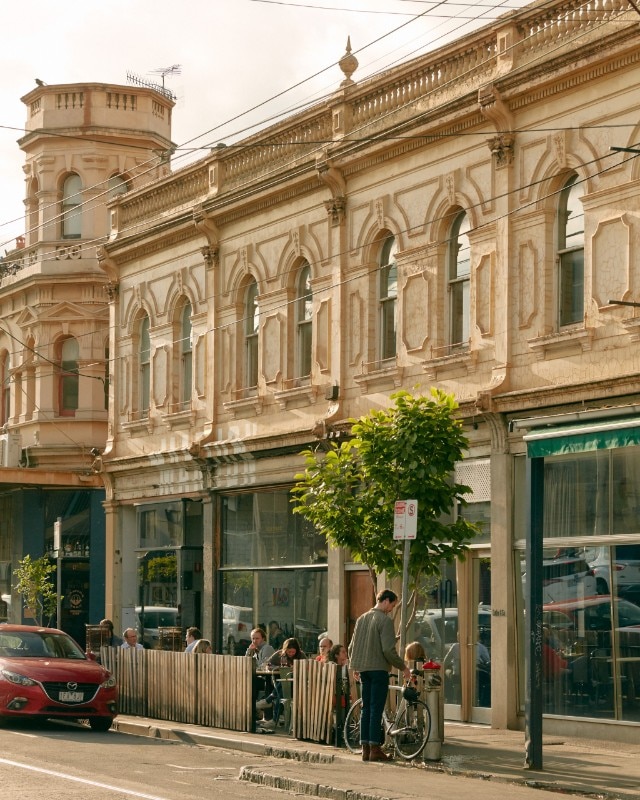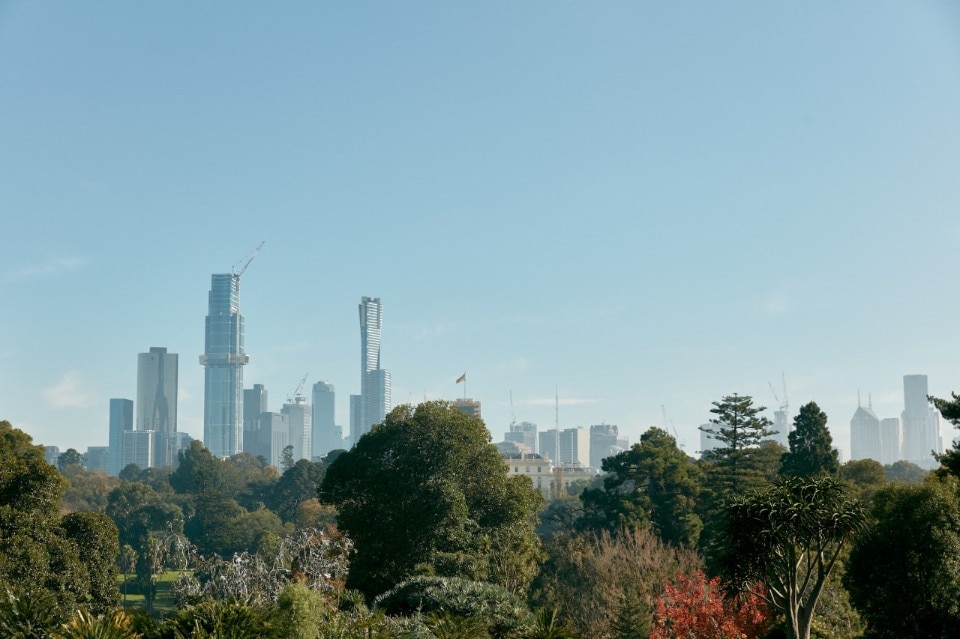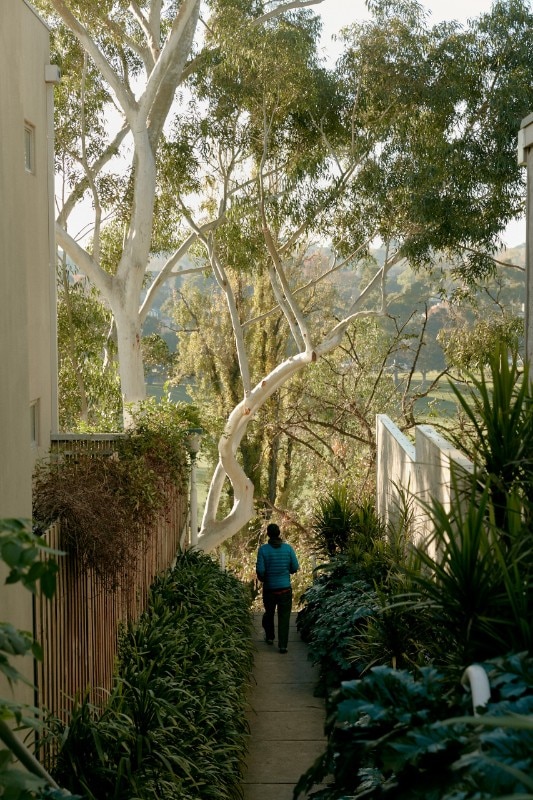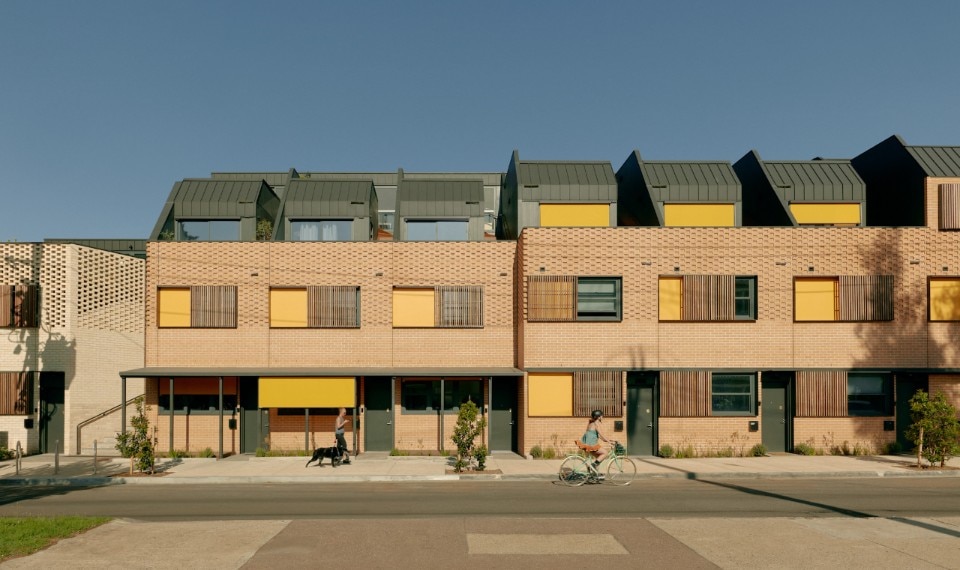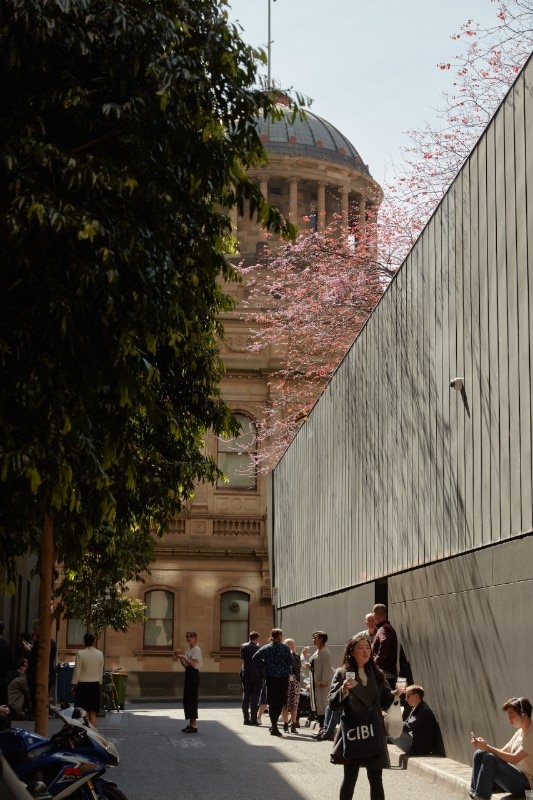Particularly in a time of focussed locality, never more so has the importance of feeling connected and supported been so prevalent. 2020 has brought many things, most of them equally unexpected as they are unwanted, but at the heart of what we are gifted from this introspective time is a spotlight on where we live. Never before have we been forced to immerse ourselves in our communities and have the veil lifted on what truly make up our districts. The interconnectedness between the design of our cities and correlating happiness of residents is a familiar tale, and it is this same concentrated focus on health and prosperity that has brought about the important narrative of the 20-Minute Neighbourhood. Originating in Portland, Oregon and making its way into strategic city planning in both Australia and the UK, it is the deliberate and measured creation of zoned areas that ensure residents are aptly supplied with everything they need to happily and healthy thrive within a twenty-minute walk from their home – live, work, play.
Where we live has a direct impact on our health – internally, externally and the myriad of spaces connecting elements between. Successful urban design is both the conduit for funnelling each of the comprising parts together and the foundation for encouraging movement, social interaction and community development. The feeling of being in a considered city stays with you – it feels effortless, its activation seems appropriate and not overwhelming, and your presence within it conjures comfort. In the absence of a macro level master-planning approach, ultimately it is the people who suffer. Unravelling the psychological cues needed to create and promote multisensory experiences underpins the key focuses on the 20-Minute Neighbourhood philosophies, and encourages design for people, not architecture for other architects.
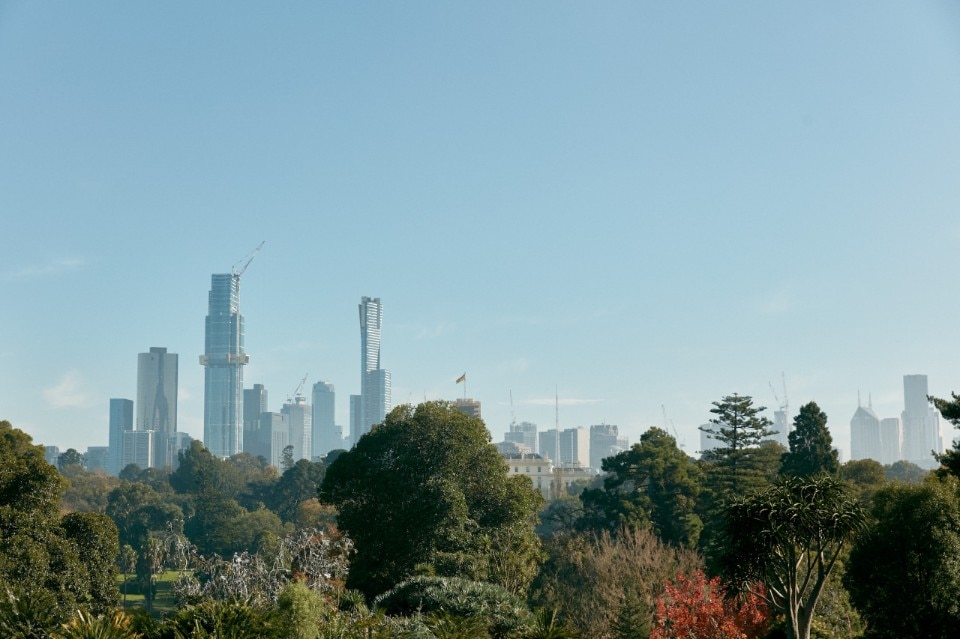
Core to the movement is the establishing of quality greenspace-led urban design. It is the access to safe, terrain-friendly and diversely landscaped spaces that encourage differing interaction within a neighbourhood that is key. Originally coined in Portland, Oregon as their ‘Portland Plan’, the initiative connects to their climate plan that by 2030, 90% of its residents would easily be able to walk or cycle to any of their basic needs within twenty minutes of their home. It was centred around boosting prosperity, reducing carbon emissions, education outcomes and helping advance health and equity. Melbourne’s ‘Plan Melbourne 2017-50’ is a similar long-term planning strategy to disseminate the traditional work and live separation and blur the lines between the two, bringing them closer together. Through decentralising the city as the main hub of amenity, work and social connecting space, each neighbourhood is able to encourage active mobility, have housing diversity, provide affordable housing, the ability to age in place, provide playgrounds, schools, health facilities, retail and ensure access to sports and recreation facilities available. Both methodologies are centred on engendering healthy communities, through the health of its residents.
Known for his continued dedication to life between buildings (and his 1971 book of the same name) Danish architect Jan Gehl has been at the forefront of protesting that the character of life between buildings is of the same if not higher importance that the buildings themselves. After extensively studying patterned behaviour from both a design and psychology perspective of how people lived in Italy early in his career, he rightly critiques architecture training as being too insular and sculpture focussed. He passionately argues that the life between buildings is a dimension in itself and that the study of people and their needs is integral to all design. His time as the City Architect of Copenhagen has seen the activating, connecting and enlivening of its public spaces, and stands as testament to his ethos and that of the 20-Minute Neighbourhoods. Focussing on people first, he believes that architecture is the interplay between form and life, that it is not a still image or a sculpture and that there is a responsibility to considering not just how something looks, but how it lands and adds to a city. His approach sees the many comprising parts of neighbourhoods therefore held to the same esteem as the spaces connecting them, where all parts of the whole work in unison, not in competition, with a shared goal of improving the life of people.
At the core of the 20-Minute Neighbourhood are five underlying pillars – connection, community, locality, health and growth. Through a clear focus on people first, it is the intention of all design to consider the psychological effects of not only feeling connected, but fittingly being connected through amenity, green space and active walking opportunities. Where I stand right now in Melbourne, in the throes of our second harshly restricted lockdown, we are limited to a five-kilometre radius spanning from our homes, imitating the extents to which these proposed hubs would reach. Quite literally in many cases, our neighbourhoods are what are containing us, supporting us, offering places to exercise and obtain supplies. It is in this time that successfully connected and planned neighbourhoods are the difference between healthy and strained circumstances. The employment of the initiatives of 20-Minute Neighbourhoods wouldn’t restrict movement beyond the limits but focus on improving the fabric that comprises and underpins them. There are many worse scenarios than focussing inward and creating community and health-focussed living and putting people first, and after what we’ve learnt already this year, this could be precisely what we all need.


